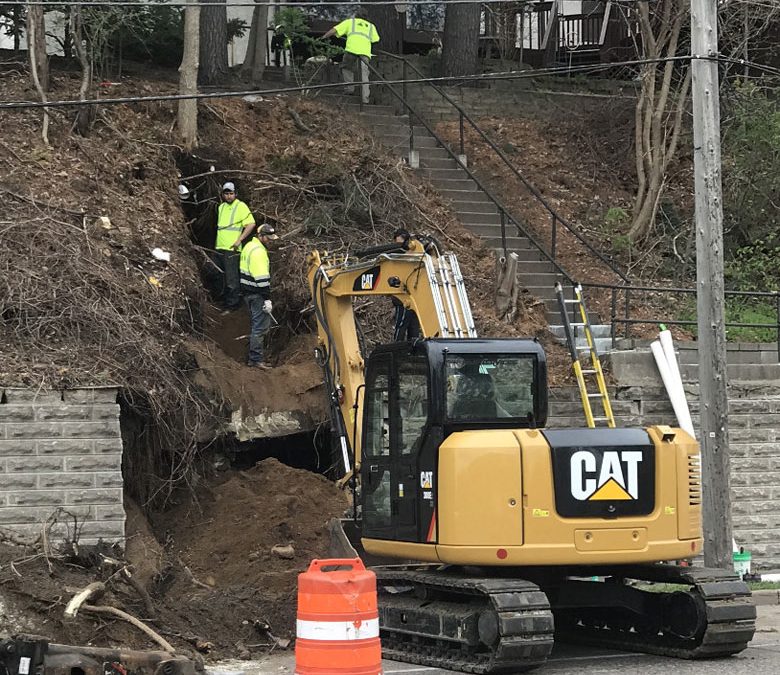
Do not be fooled by predictions of a mild El Nino winter in the United States. It is more likely for water mains to break during the winter months, causing service interruptions, flooding, and other problems. If it involves the service line for their property, Minnesota homeowners need to realize that a replacement of a water main is their responsibility, not the city’s. Because the winter temperatures are mild, you might become complacent, thinking that water main breaks won’t occur because conditions are not adverse.
Take a second look. Due to the swings in temperature that occur between summer and winter, Minnesota’s climate stresses water mains by its very nature. Pipes become more brittle below 40 degrees Fahrenheit, making them more prone to breaking. Beyond this fact, however, even a 10-degree swing in air or water temperature can put a strain on pipes. El Nino winters are known for having wide temperature swings, bringing snow one week and unseasonably warm temperatures the next. During winter, pipes are more brittle due to their natural brittleness, combined with frequent temperature swings.
Burst water mains are not only caused by temperature swings. Ageing infrastructure is another major factor. In the United States, 240,000 water main breaks occur annually because of aging infrastructure, according to the U.S. Environmental Protection Agency.
Other factors that can cause water main breaks include:
- Soil erosion resulting from a previous break, excavation, or nearby construction activity
- Corrosion in older, unlined pipes
- Small pipe diameter
- Age over 60 years
In order to determine the condition and age of your water service line, M & B Services offers free and no-obligation site visits. By knowing the condition of your water main, you can avoid any emergency water main replacements. Whenever you need to replace your line, it is best to do it on your own terms, at a planned time, and when the weather is not harsh. Schedule a visit with M & B Services today. Contact us during business hours as well.
Water main breaks are quite common during Minnesota winters. There are typically three to five main breaks per day outside of winter. Winter brings on an increase of 5 to 7 breaks daily, and even more if we experience an extreme cold snap.
There are several factors contributing to this increase, especially for older and climate-like water systems.
Water mains are subjected to increased force because of frozen ground. Whenever the air temperature drops below 32°F, the water in soil begins to freeze. When the ground freezes, it is called the frost line. Frost lines in Minnesota usually range from 3 to 3 12 feet.
In order to prevent the water within our distribution system from freezing, we bury water mains and service lines 5 feet or more underground. Approximately 200 pounds of downward force is exerted by the soil above the pipe at this depth. As a result, pipes are constructed with materials that can withstand such forces.
Water in the soil, however, exerts an increased force on anything below it as it freezes. As the winter grows colder and longer, the frost line will extend deeper, increasing the downward force on underground water pipes to 400 pounds per foot or more and the likelihood of pipes breaking.
Thermoplastic pipes can also contract under heat. When temperatures change, materials expand and contract. Material expands when heated, and contracts when cooled. In winter, underground pipes, like the soil above, cool and contract, leading to leaks and breaks.
Please call our 24-hour Emergency Line if you see a water main break.
